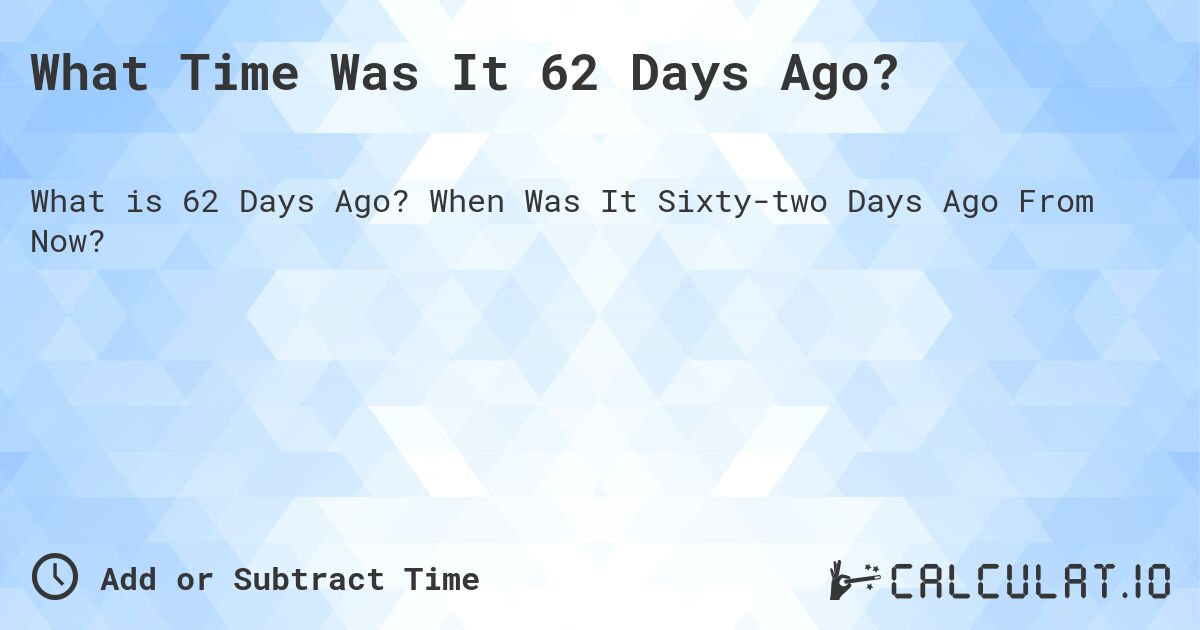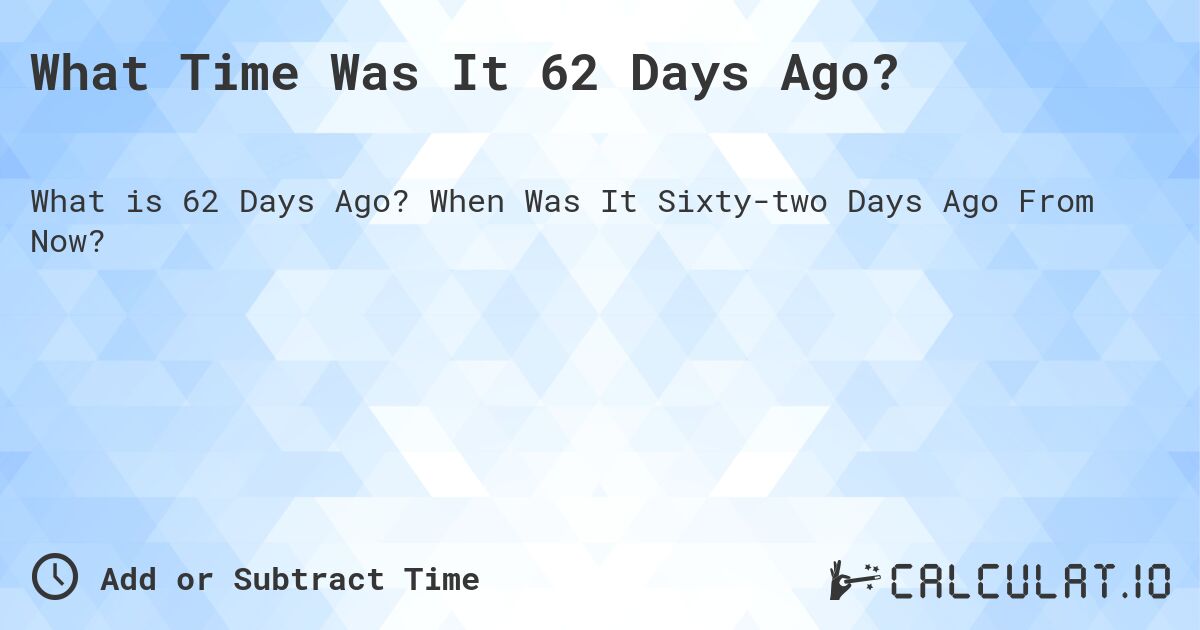The Day I Realized I Was Running in Place
You know that feeling? The one where you’re working twelve hours straight, your brain is fried, and when you finally stand up, you realize you moved absolutely nothing forward? Yeah, that was my life, exactly 62 days ago. I was telling everyone I was busy, but deep down, I knew I was just performing busyness theater.

The breaking point wasn’t some grand epiphany. It was messy. I had been promising a big client delivery for weeks. I had the code half-written, the document half-finished, but every day, some tiny fire would pop up—a quick phone call, an urgent email, ten minutes of “just checking” the news. I honestly believed I was juggling everything perfectly.
Then the client called me out. Not angrily, but just stating a fact: “Look, we appreciate the communication, but you sound exhausted, and the timeline keeps slipping. What are you actually building right now?”
That question—“What are you actually building?”—hit me like a truck. I couldn’t answer it honestly, not with specific time blocks, because I didn’t know. I was working, sure, but I wasn’t producing. That night, I decided to stop guessing and start measuring. This wasn’t about logging hours for a timesheet; this was about holding myself accountable to the brutal truth of my own output.
Day Zero: Getting the Tracking Mess Started
I didn’t buy fancy apps. I decided if I couldn’t track it with a stupid spreadsheet and a kitchen timer, I was over-engineering the problem. The goal was simple: Track every single block of time longer than 15 minutes, and categorize it into two buckets:
- Deep Work (DW): Uninterrupted creation. Building, writing, designing, solving complex problems. Time where I could wear noise-canceling headphones and disconnect.
- Shallow Work (SW): Everything else. Email, meetings, administrative crap, Slack chats, coffee runs, “research” that was actually browsing.
The first few days were a psychological war. Every time I hit the timer, I had to be brutally honest about what I was doing. I found myself hitting the ‘Deep Work’ button, only to sneak over and check Twitter five minutes later. I felt like a liar to my own spreadsheet. I had to create a new, brutal rule: If you break focus for 30 seconds to do anything unrelated, the Deep Work timer stops immediately. That small shift was agonizing, but essential.

The Ugly Truth of Week One
I tracked the first seven days religiously. When I ran the numbers, I almost threw my laptop across the room. I was averaging 9-10 hours of logged time per day, but only 1.5 hours—sometimes less—were categorized as Deep Work. The rest was an unbelievable mess of administrative duties, pointless meetings, and reactivity. I was paid to build things, and I was spending 85% of my time acting as a glorified inbox attendant.
This wasn’t about working harder; it was about working smarter, specifically by defending the time I actually needed to use my brain. I started using that spreadsheet data to fight back.
The 30-Day Fight and the Tipping Point
The biggest challenge wasn’t tracking; it was changing the behavior based on the tracking. Around Day 15, I almost quit. It was easier to go back to “busyness theater.” But I forced myself to look at the week-over-week Deep Work graph. It was fluctuating wildly.
I started taking drastic action:
Step 1: The Email Nuke. I instituted two fixed 30-minute blocks per day for email and communication. Outside of those blocks, the inbox was closed. People who needed me urgently could text, but their definition of urgent better be correct, or they’d hear about it.

Step 2: The Meeting Purge. I looked at the Shallow Work log and saw that “Status Updates” ate five hours a week. I immediately canceled all recurring status meetings and switched them to asynchronous written updates. Five hours of Deep Work immediately reclaimed!
Step 3: The Environment Build. I physically moved my workspace to a corner where I couldn’t see the door or the hallway traffic. If I was going to push that DW button, I needed a fortress.
By Day 30, things started shifting. I wasn’t faster, but I was more deliberate. My Deep Work average crept up to 3 hours a day. Still not great, but twice what I started with.
Checking the Progress at Day 62
So, where were I exactly 62 days ago? I was stressed, ineffective, and trapped by interruptions. Now, let’s look at the sheet today.
I specifically targeted 62 days because it’s long enough to solidify the habit, but short enough that the initial pain is still fresh. I ran the aggregate report comparing the first week (Days 1-7) to the last week (Days 56-62). The numbers blew me away:

- Total Deep Work Hours (Week 1): 8.75 hours
- Total Deep Work Hours (Week 9): 22.5 hours
- Average DW Block Length: Went from 28 minutes to 95 minutes.
My total output—the actual finished projects and delivered components—had absolutely skyrocketed. I was delivering more substantial work by Tuesday than I used to deliver in a full week.
The biggest realization wasn’t the hours; it was the psychological relief. When I’m in a DW block now, I know I’m actually creating value, and when the timer buzzes, I can relax in the Shallow Work period without the nagging guilt that I should be doing something else.
If you feel like you are working hard but getting nowhere, stop trusting your gut feeling. Start tracking the raw truth. It will hurt initially, but knowing where you are actually spending your time is the only way you can fight back against the endless mess of modern distraction. Go find out where your time is really going. You might be shocked to see how much of your day is just noise.
